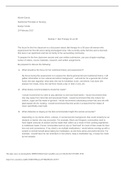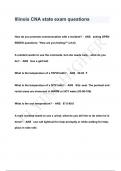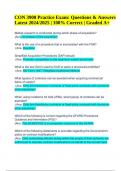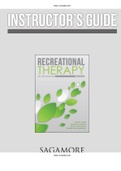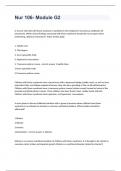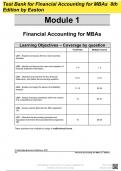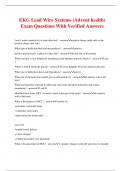Resumen
Samenvatting artikelen Master Kinder- en Jeugdpsychologie (2024/2025)
- Grado
- Institución
Deze samenvatting bevat informatie over alle artikelen van het eerste blok van de master Kinder- en Jeugdpsychologie. Alle artikelen zijn in het Engels samengevat. Alle belangrijke punten en conclusies van de artikelen zijn (naar eigen inzicht) meegenomen in deze samenvatting.
[Mostrar más]




